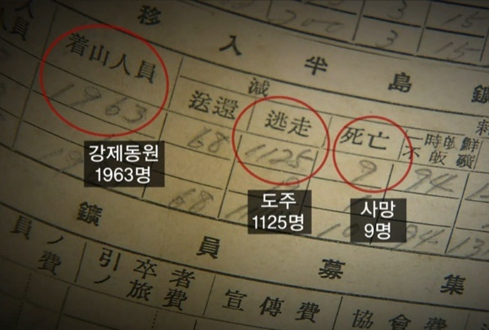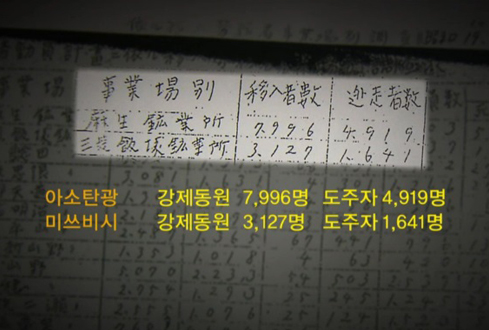70 Years of Liberation, 30 Years into the Future
The Road to Reconciliation and
Cooperation
Uncovering the historical truth is key to the peace and prosperity of Northeast Asia.
Forced Labour
During World War II, JapanвҖҷs efforts to secure more manpower resulted in the forced enlistment of countless Koreans. The Japanese government forcibly mobilized over 8-million Koreans by drafting various orders and conscription laws between 1941 and 1944. The conscripted Koreans were forced to labor under brutal working conditions in coal mines, metal mines, construction sites and armament factories.
In July 2015, the Japanese government registered 23 of its early industrial facilities on the UNESCO World Heritage List and denied the facilitiesвҖҷ use of вҖңforced laborвҖқ of Koreans, resulting in criticism from Korea, the global community and even from Japanese media.
Forced laborers of the Battleship Island (Hashima Island)
The most dangerous labor took place in the coal mines where Koreans were forced to work.
Mitsubishi military aircraft manufacturing plant in Nagoya, Japan
Korean laborers were forced to work in brutal conditions and under harsh discrimination without pay.

Labor records kept by a labor relations manager at a Japanese company at the time
The document shows that a large number of forced laborers fled due to the harsh treatment.
Number of Forced Laborers : 1,963
Number of Escapees : 1,125
Number of Deaths : 9

List of forced laborers in the Fukuoka area compiled by the Fukuoka Prefecture Police
Aso Coal Mine вҖ“ Number of Forced Laborers : 7,996, Number of Escapees : 4,919
Mitsubishi вҖ“ Number of Forced Laborers : 3,127, Number of Escapees : 1,641
Fukuoka Region вҖ“ Number of Forced Laborers : 113,061, Number of Escapees : 58,471